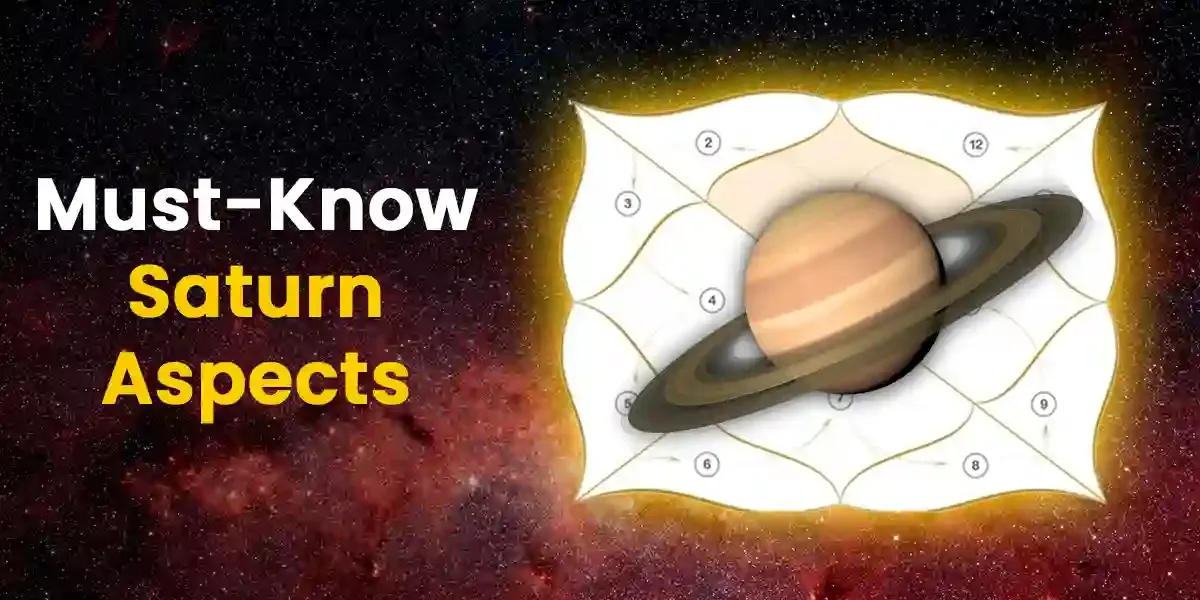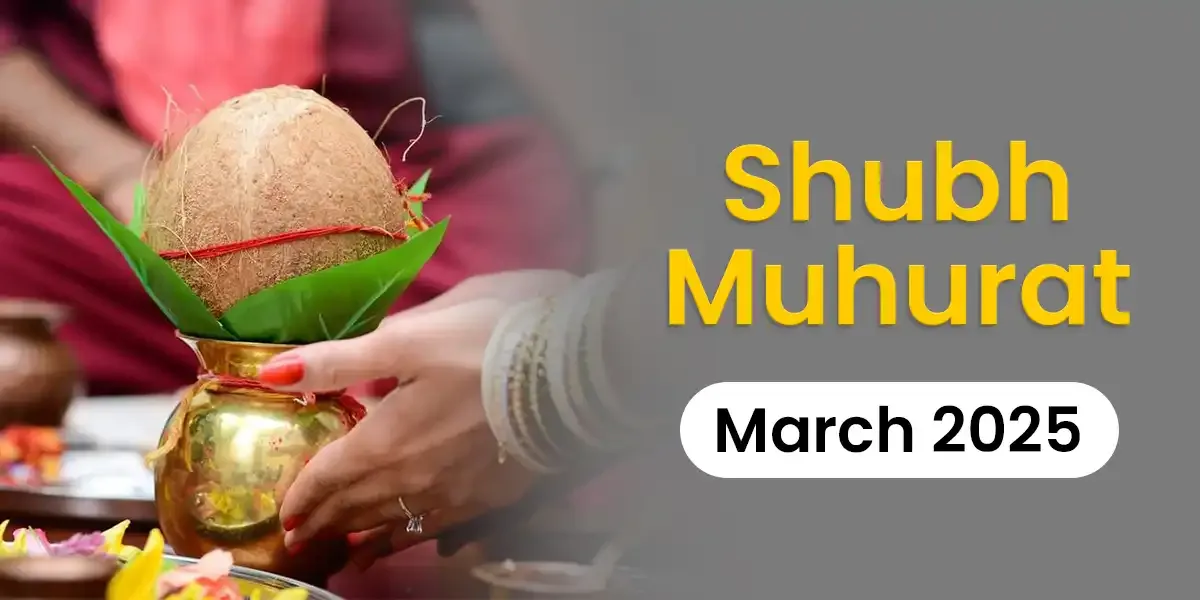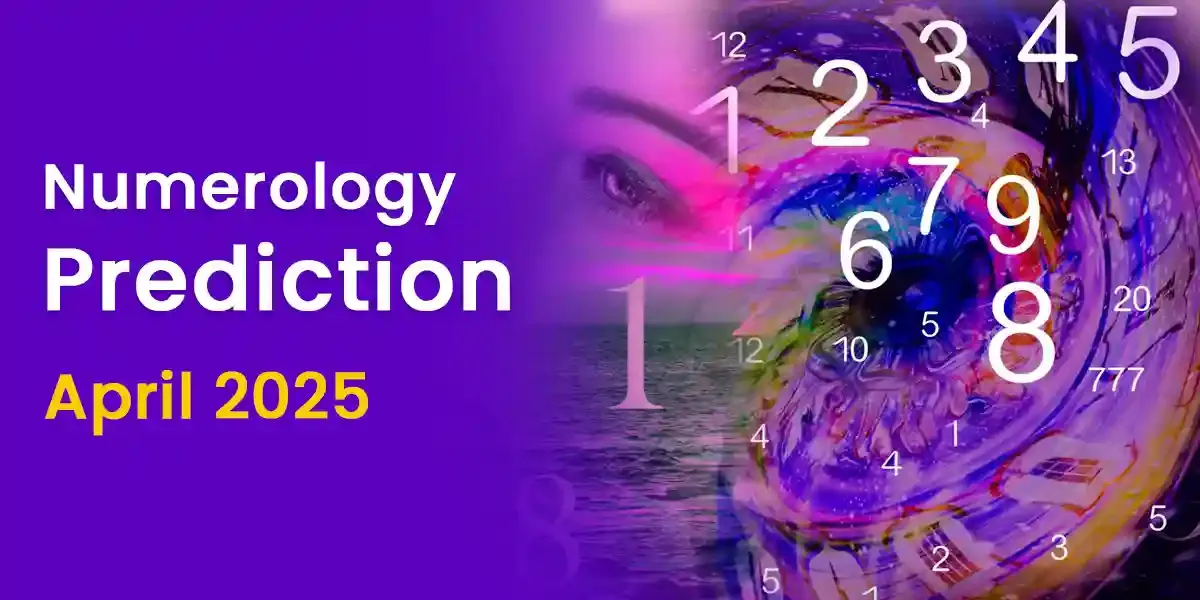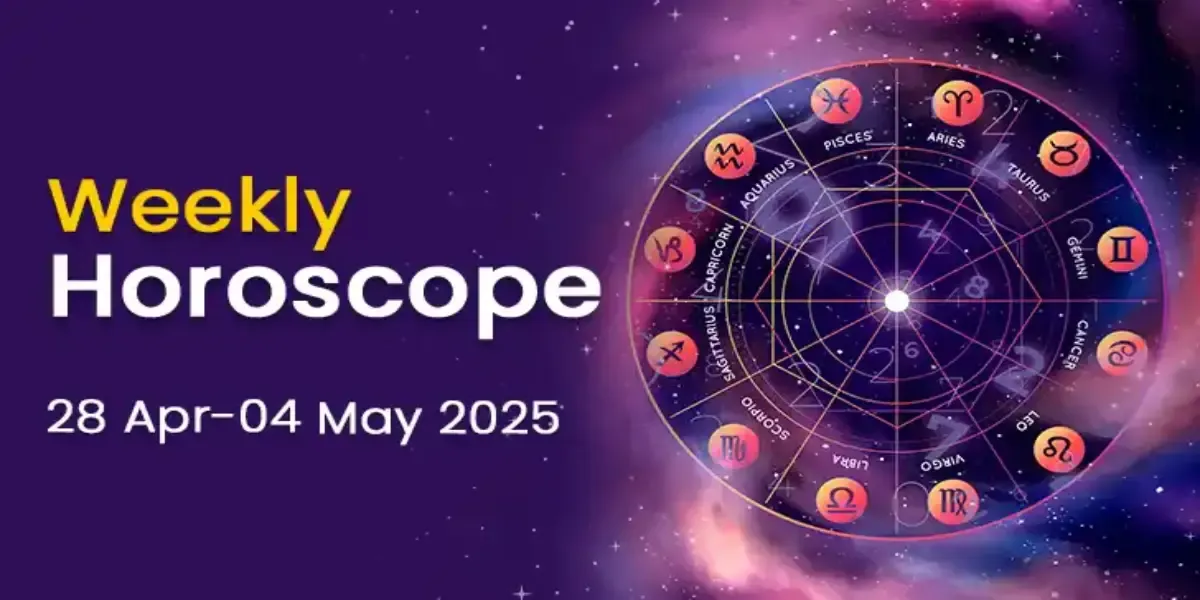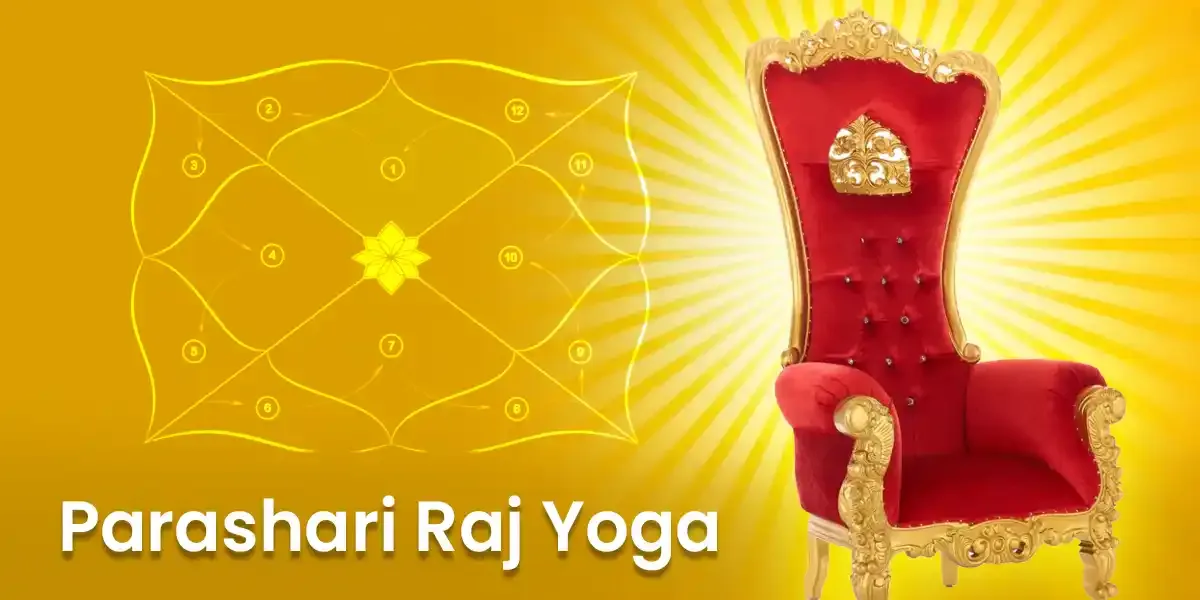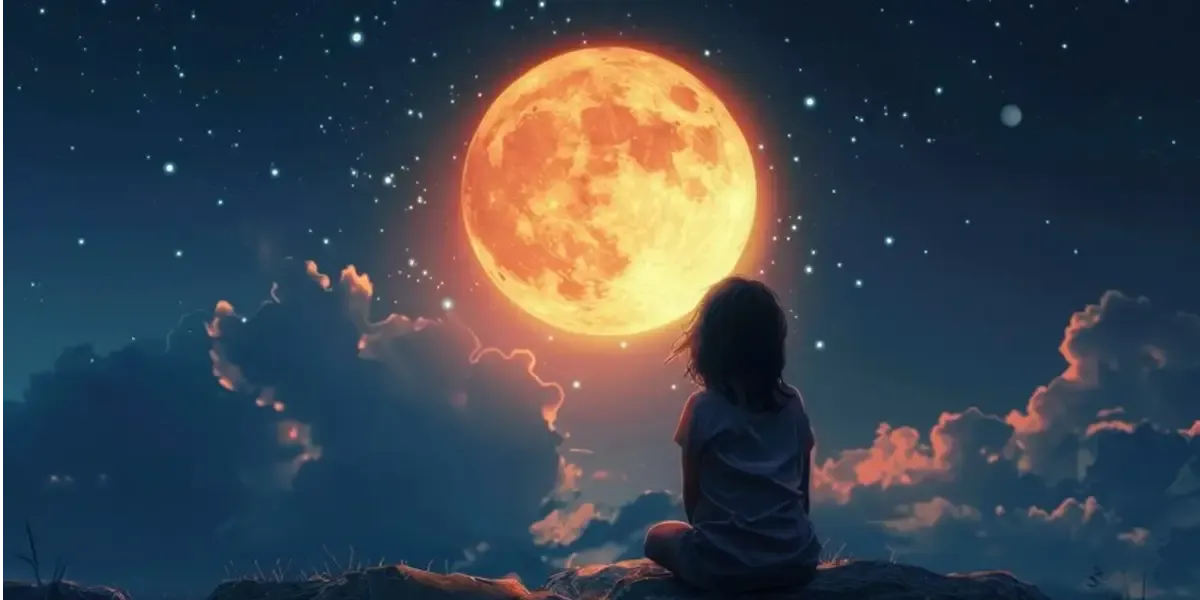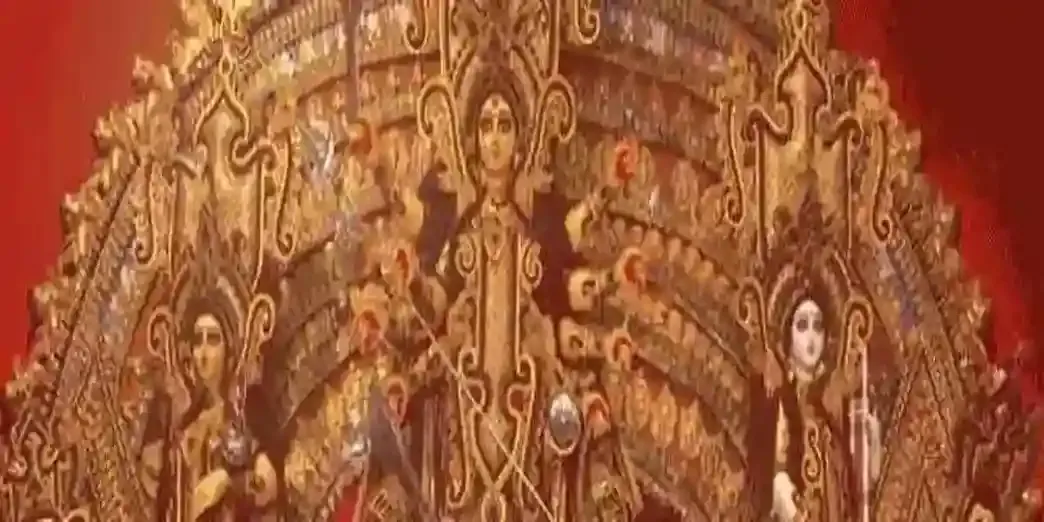
Navratri is celebrated to venerate and pay reverence to the nine forms of Durga, together known as Navdurga.
Each day of Navratri is dedicated to a particular manifestation of Goddess Durga. Read on to know the characteristics associated with the nine forms of Durga. Consult our expert astrologers for guidance in Navratri pooja methodologies.
Shailaputri: The first day of Navratri is dedicated to Goddess Shailaputri. Shailaputri, is a combination of two words, Shaila (Mountains) and Putri (daughter), meaning the daughter of the mountains. Goddess Shailaputri is often represented with a lotus in one hand and a trident in another, seated atop a bull. She was the daughter of Daksha Prajapati in her earlier birth and through her deep devotion and penance was able to persuade Lord Shiva to grant her wish of becoming his consort. Once her father had organized a special Yajna, to which she and her husband Lord Shiva were not invited, but was however attended by all the Gods and holy men. Angered by her father's denunciation and criticism of Lord Shiva she immolated herself. In her next birth she was born as Shailaputri and married Lord Shiva.
Brahmacharini: She is dressed in a white garb and carries a Rudraksha necklace in one hand and a Karmandala in the other. Goddess Brahmacharini bestows her worshippers a happy and peaceful life. This form of Durga is symbolic of the severe penance carried out by Goddess Sati and Goddess Parvati. The second day of Navratri is celebrated to revere Goddess Brahmacharini.
Did you know that perfoming Navratri Pooja and keeping the fast during those nine days can purge you from the negative effects of Rahu and Ketu?
Chandraghanta: She has 10 arms and uses a lion as her vehicle. Goddess Chandraghanta embodies fearlessness and courage. She is ten armed and symbolizes bravery and is often represented holding an assortment of weapons in her hands. The presence of Chandra or half moon that is shaped like a Ghanta or bell on her forehead is the reason she is called Chandraghanta. It was the sound of her Ghanta or bell that drove away the Asuras.
Kushmanda: The fourth day of Navratri is dedicated to Goddess Kushmanda who resides in the abode of the Sun God. She is credited as the creator of the Universe. It is believed that when darkness enveloped the world, it was Kushmanda's smile that gave rise to life. Also known as Adi Shakti, she is the only deity that can withstand the high temperatures and dwell in the Sun. Worshipping and observing a fast on the fourth day of Navratri's is said to usher the blessings of Ma Kushmanda in one's life. She bestows the worshipper with prosperity, happiness and a disease free life.
Skanda Mata: Moksha or salvation can be achieved by worshipping Skanda Mata. She is represented with four arms, seated on a lion. Since her son Karthikeya is also known by the name of Skanda she is known as Skanda Mata, the mother of Skanda. A person who worships Skanda Mata is also able to invoke the blessings of her son Skanda. However, one must do so with undivided attention and devotion in order to seek her blessings.
Katyayani: Goddess Katyayani is revered on the sixth day of Navratri. There is an interesting story behind the birth of Katyayani. Sage Kaatyaavana was an ardent devotee of Goddess Durga. Impressed with his devotion and adulation, Goddess Durga granted the sage's wish of becoming a father to the Goddess. She carries a sword, shield and lotus and has 18 arms and three eyes. The blessings of Goddess Katyayani help wash away the sins of the worshippers.
Kalaratri: Goddess Kalaratri rides a donkey and is considered the most aggressive and destructive manifestation of Durga. In spite of her fiery disposition, she blesses her devotees with whatever they seek from her. Worshipping her eliminates the malefic effects of planets in one's life, ushers happiness and removes any obstacles.
Mahagauri: Goddess Mahagauri signifies purity and deep devotion. She is believed to be an incarnation of Parvati who traded her luxurious life for austerity. The eighth day of Navratri is dedicated to Mahagauri who washes away the sins and bestows her worshippers with success and prosperity.
Siddhidayini: The ninth form of Durga, Siddhidayani or Siddhidatri is the Goddess of wisdom. She fulfills the wishes of her devotees and endows them with intellect and wisdom. She has four arms and uses the lion as her vehicle. She is believed to be the creator of the Universe. Anyone who keeps a fast on this day and worships Goddess Siddhidayini is blessed with a prosperous life and all his wishes come true. Read more
Happy Navratri!
Our in-house team of writers comprises of vibrant, like-minded, and curious souls who are passionate about helping people find joy and motivation through the magic of words. Our writers are keen on using their skills to make the study of divination sciences a guiding tool in people's lives. They hold expertise in writing on a myriad of topics related to Indian Astrology, Spirituality, Planetary Movements, Vastu Shastra, Numerology, and Tarot among several others. The Astroyogi team aims to write articles that can help the readers lead a life of peace and tranquility whilst enjoying the many ups and downs of life!








